The Delta Optical BioLight 300 microscope is the successor of the BioLight 200 model. Completely rebuilt tripod has become even more ergonomic and comfortable to use. The optical system of the microscope has also been improved, thanks to which the image is clearer and more contrasting. This is especially important when using microscope cameras.
Thanks to three achromatic lenses, it allows you to obtain magnifications in the range of 40-400x , and with the optional P16x eyepiece up to 640x . It has two lighting modes , giving the possibility of observation in transmitted and reflected light . Thanks to the filter wheels placed under the table, it is also possible to observe in light of various colors. This allows details to be seen more clearly in slides where different staining methods have been used.
Contrary to many simple, educational microscopes of competitors, BioLight 300 is distinguished by coaxial micro and macro focusing screws and the slide mechanism of the preparation (with a marked scale). This enables its very precise setting and facilitates the work of a young microscope user.
An additional advantage of the BioLight 300 microscope is the built- in battery power module , so you can use it away from power sources, e.g. in the field. Observation of specimens found during a trip to the forest, lake or meadow has never been so easy. In addition, the use of a microscope in a lesson now avoids the troublesome tangled cables.
We encourage you to see the photo gallery taken with the BioLight 300 microscope!
Surely you sometimes wonder why in our microscopes the magnification range reaches “only” 640 times, and not 1280 times, as in the case of the competition? The answer is simple. We do not equip our microscopes with the so-called “Barlow lens”, which doubles the magnification factor. At first, this seems to be an interesting solution, but few users realize that its use has serious consequences in the way the image is received from under the microscope. The lenses used primarily determine the image resolution, and thus its quality. A simple lens added to such a set not only does not add any new details, but also introduces a number of distortions, such as chromatic and spherical aberration. Seemingly gaining on magnification, we lose a lot of brightness (the image darkens, making observation difficult) and image quality (degradation of details).
Another question is the sense of using such high magnifications in an educational microscope. Magnification of the order of 1280 times, at the limit of the optical capabilities of biological microscopes , actually allows the observation of extremely small objects, e.g. bacteria. However, the preparation of such preparations is usually beyond the possibilities of working at home. This means, for example, the need to use special dyes and chemical reagents (as in Gram staining, the most commonly used in bacterial research). An image magnified over 1000 times is the domain of professional research microscopes with sufficiently strong lighting and top-shelf optics.
With such enormous magnification, trying to spot and track objects on a slide glass can also be very tedious for a child. Even a slight movement of the handles on the stage may result in the loss of the observed object. The movement of the shift mechanism in educational microscopes, unfortunately, is not as precise as in laboratory equipment.
Note: for the microscope, it is recommended to use AA rechargeable batteries (fingers). The use of ordinary batteries is allowed, but only when the microscope is disconnected from the mains . Otherwise, it may damage the device or even fire.
The set does not include a camera.
| Supplier’s symbol: |
DO-3330 |
Application: |
Education |
| Lighting source: |
LED |
Lenses: |
|
| Focus adjustment: |
micro / macro |
Lighting: |
|
| Microscope table: |
90×90 mm |
Head: |
monocular |
| Objective revolver: |
three-lens |
The mechanism of the preparation advance: |
with a vernier |
| Focus adjustment knobs: |
|
Observation technique: |
Bright field |
| optics class: |
achromatic |
Microscope magnification: |
|
| Eyepiece Magnification: |
10x |
The field of view of the glasses: |
16 mm |
| Microscope power supply: |
|
Guarantee period: |
24 months |






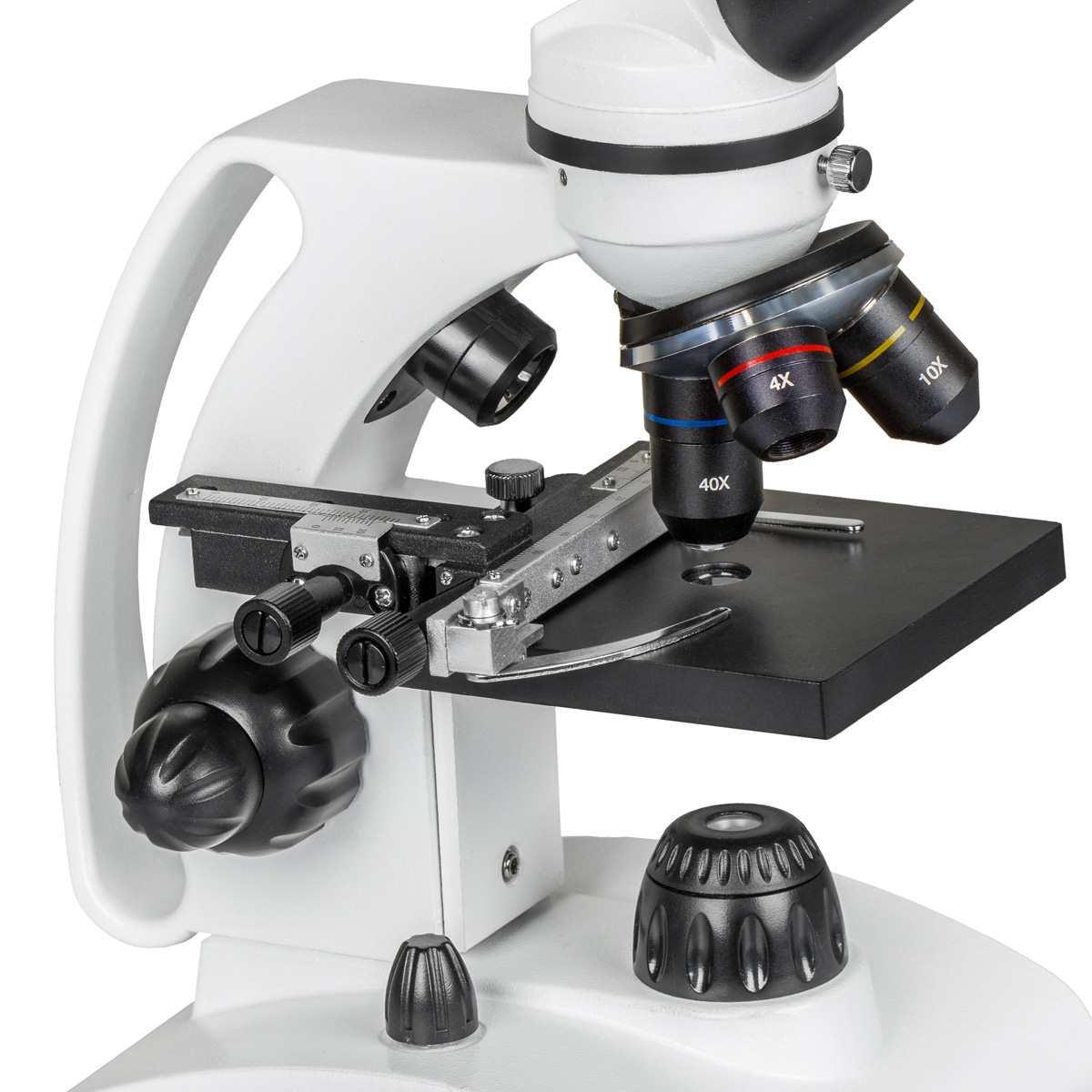
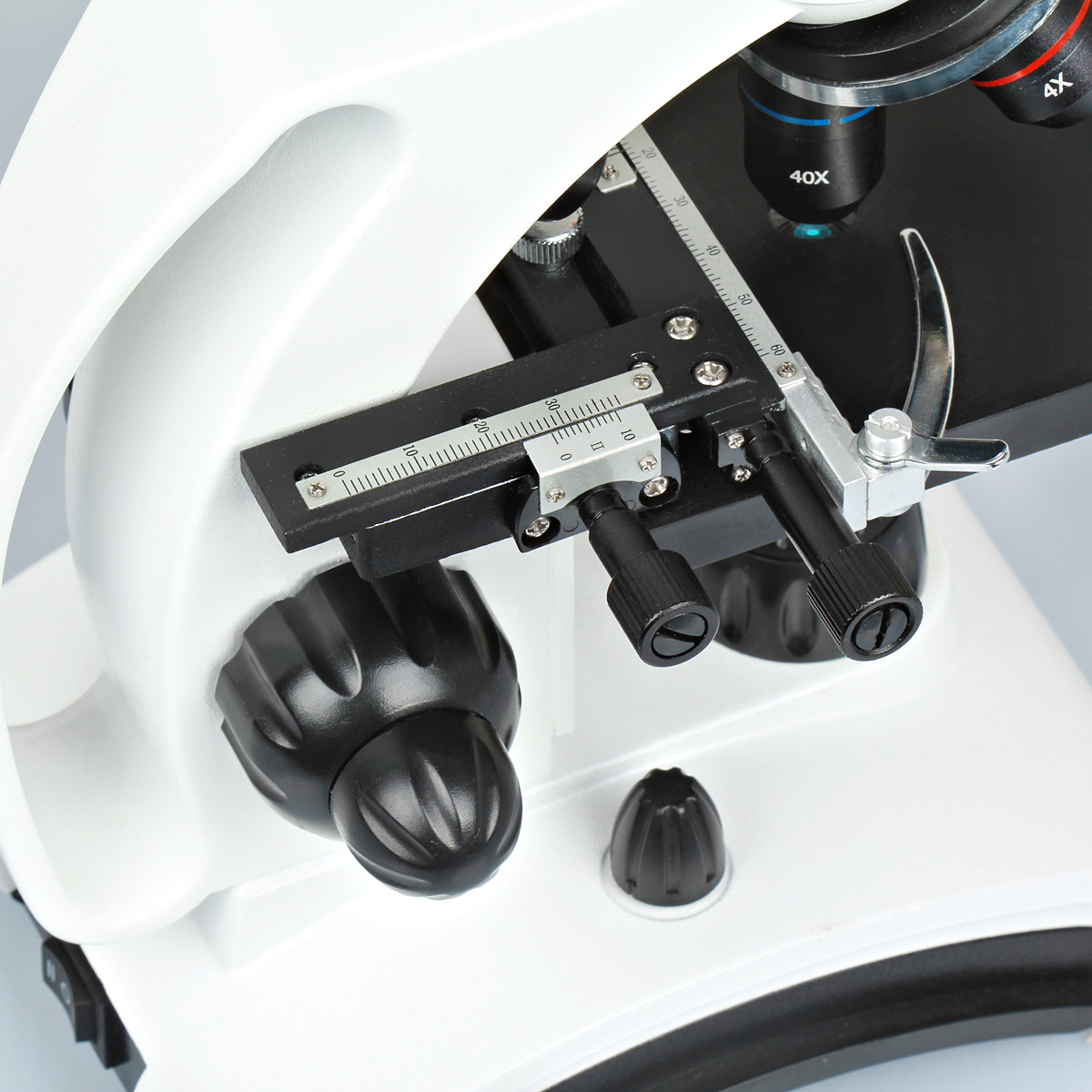
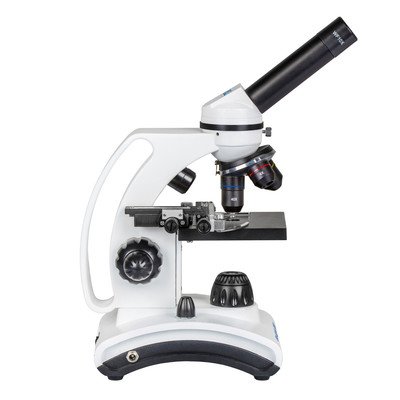
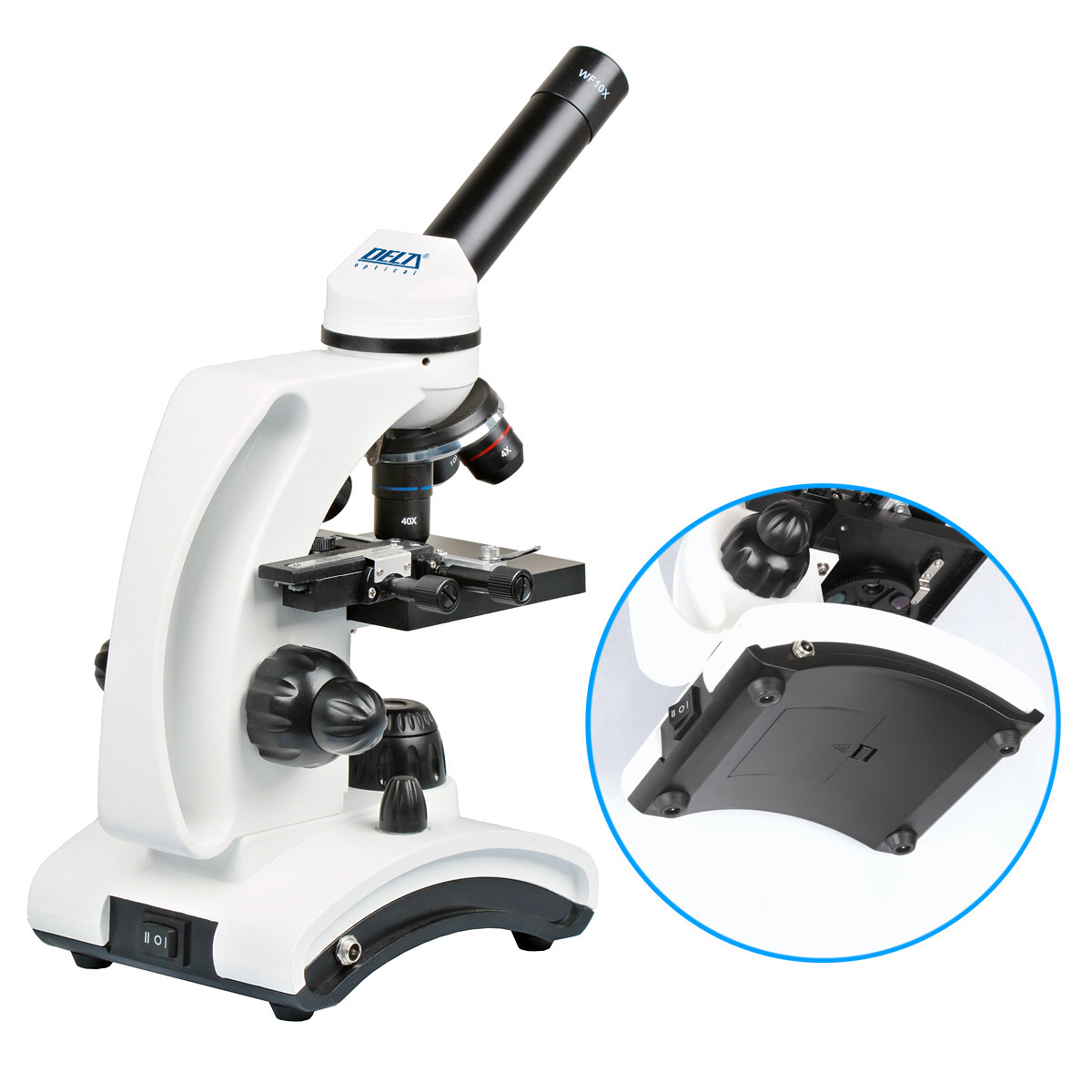
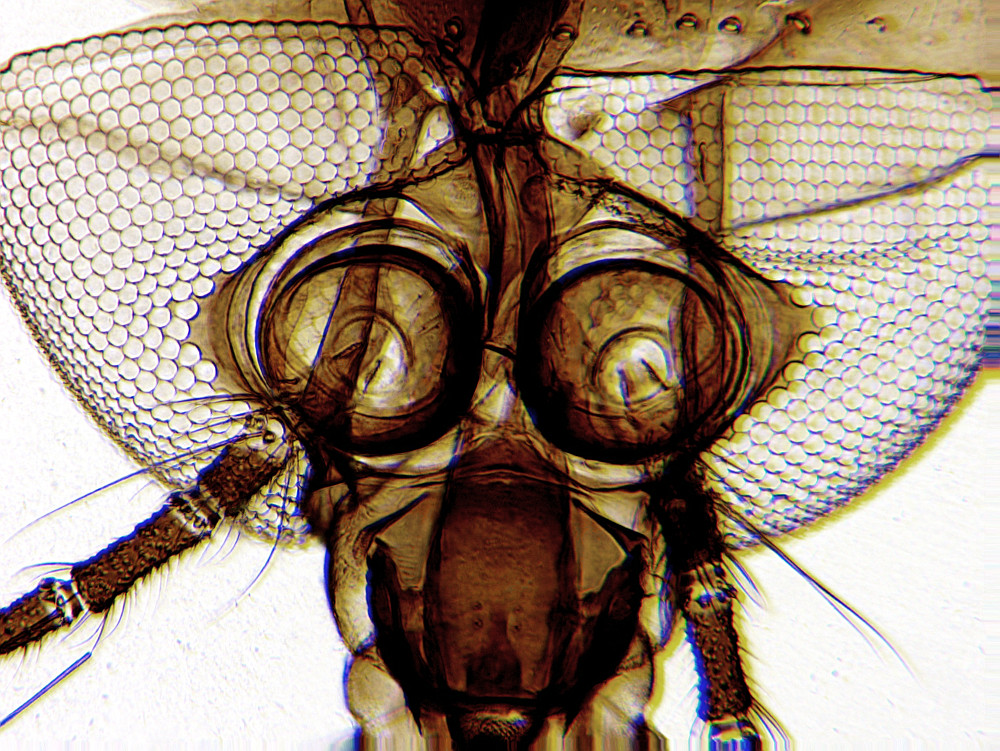

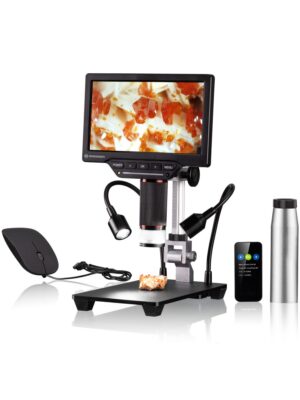
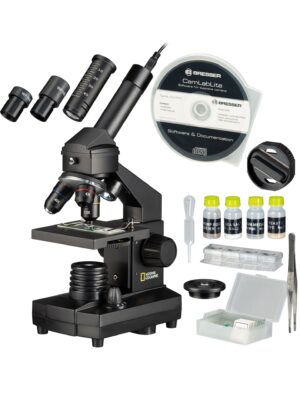
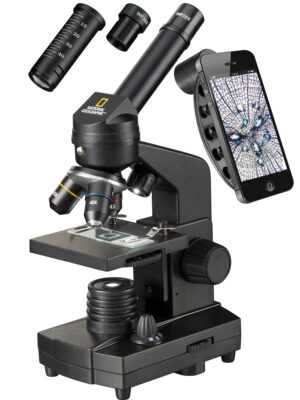
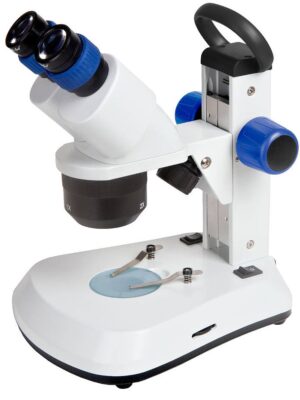
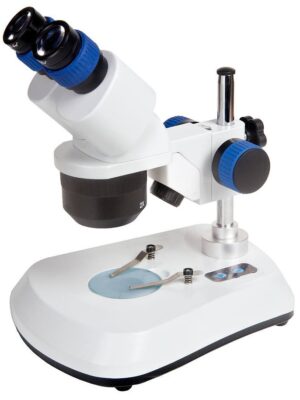
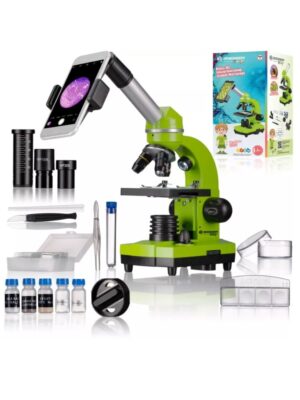
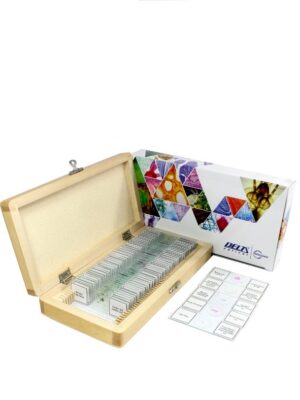
Reviews
There are no reviews yet.